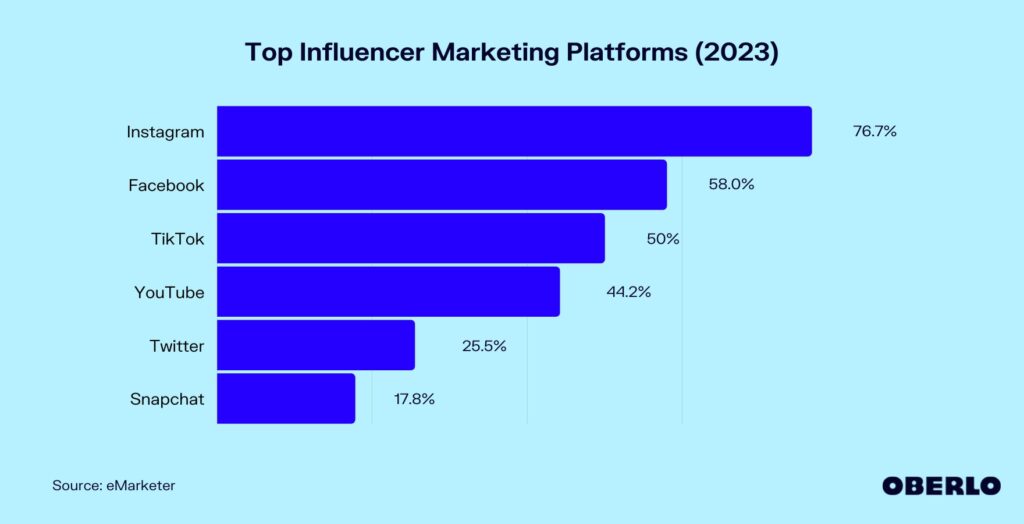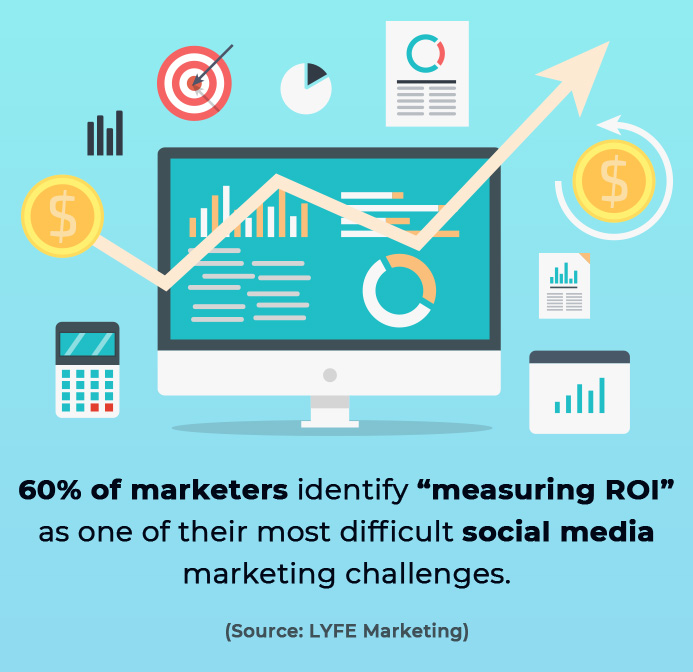With the amount of time the average person spends on their phones, particularly scrolling social media, the use case for popular apps is ever-expanding. It is no surprise that many organizations are turning to social media for a multitude of reasons: to attract new business, employees, and consumers and grow brand awareness. Every day people turn to social media to connect with friends and family, pass the time, and find answers. In a recent Hootsuite social media webinar, it was revealed that consumers are turning to social media for recommendations over Google. So while your SEO strategy may be strong, traditional search engines aren’t where your marketing efforts should end. If users are searching for the best (fill in the blank) on social media first, it’s anyone’s game whose business will rise to results. Businesses across all verticals are taking note of this, and so should yours.
Here are some of the top social media considerations your business should look out for when developing your social media strategy:
1) Growth in Influencer Marketing
The pandemic accelerated the growth of influencer marketing in 2020, and this growth is predicted to continue well into 2023. It stands true that consumers like to hear a review by someone they trust. That is why more and more businesses are turning to influencer marketing to reach and communicate with their target audience. To make influencer marketing worthwhile, it is important to choose the right person to represent your brand. Reach out to creators that work with your specific niche, remembering that the number of followers is not everything. A micro-influencer with a small audience could have followers that are more invested than a more widely known influencer. Additionally, if influencers are outside of your marketing budget, it never hurts to send freebies to creators. If they really like your product or become interested in your brand, oftentimes influencers will promote it naturally on their own to remain authentic.

2) Measuring Social Media’s Direct ROI
CMOs are increasing their investment in social media, even when marketing budgets are decreasing. In a recent Hootsuite survey, it was found that 96% of the marketing respondents felt that social media had a direct return on investment. However, the kinds of things executives are looking for to measure social media’s success often differ from social media practitioners. Rather than just considering high impressions and engagement rates, investors use sales and revenue to measure success. As a result, business executives are starting to require direct measurements of how their social media is providing direct returns to the business. Some are starting to only count impressions that lead to a purchase to be factored in metrics. It is important for organizations to align goals among executives and social media strategists and clearly determine what exactly is considered a success.

3) Narrowing in on Relevant Social Media Channels
You might be surprised to find that your business does not need a presence on every social media platform. Instead, it is best to select two to three networks to focus your efforts on. Prioritize where your target audience frequently visits and also consider the reason why users are going to that social network. Most users go to LinkedIn for recruiting, company updates, searching for business partners, etc, while Tik Tok users are visiting the platform for entertainment/recreational purposes. Therefore for B2B organizations, it is better to invest resources into a social platform like LinkedIn rather than TikTok, which is largely consumer-oriented.
![]()
A relevant social media strategy is crucial for your business’ success. Contact Bluetext if you are ready to enhance your social media technique.


